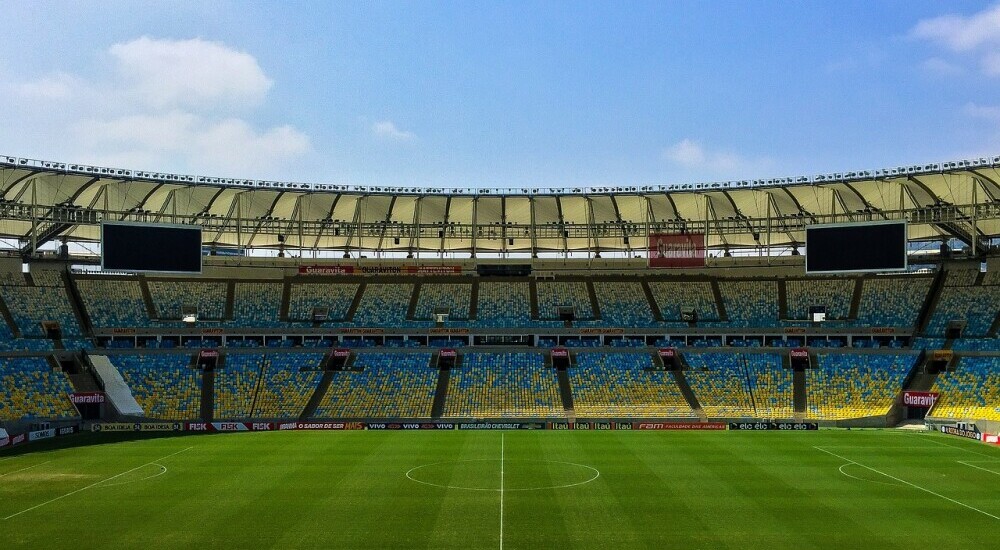 So you’re interested in the game of soccer. Well, it all starts with the field, also known as the ‘socunning! That’s going to include football pitch. understanding that a soccer field is more than a green expanse; it’s a stage where strategies and skills are executed, governed by precise lines and measurements.
So you’re interested in the game of soccer. Well, it all starts with the field, also known as the ‘socunning! That’s going to include football pitch. understanding that a soccer field is more than a green expanse; it’s a stage where strategies and skills are executed, governed by precise lines and measurements.
A quick history lesson: although kicking balls into nets dates back centuries, it wasn’t until the late 19th century that standardized dimensions for soccer fields were established. This move was pivotal in transforming a pastime into the structured sport we love today.
The International Football Association Board (IFAB) and the Fédération Internationale de Football Association (FIFA) are the major governing bodies dictating these important guidelines. These organizations ensure that from youth leagues to the World Cup, everyone’s playing by the same rules.
Now, you might be wondering: why does size matter? Field dimensions can subtly influence the game, swaying tactics from long-ball to short passing play. Smaller fields level the physicality among players, while larger ones might favor those with stamina and speed. It’s a balance forged by dimension and design.
Breaking Down the Basics: Soccer Field Dimensions Explained
Soccer fields, or pitches, aren’t a one-size-fits-all affair. You’re going to find out about the subtle differences that can occur from one field to another—but let’s start with what’s globally accepted, especially for international fixtures.
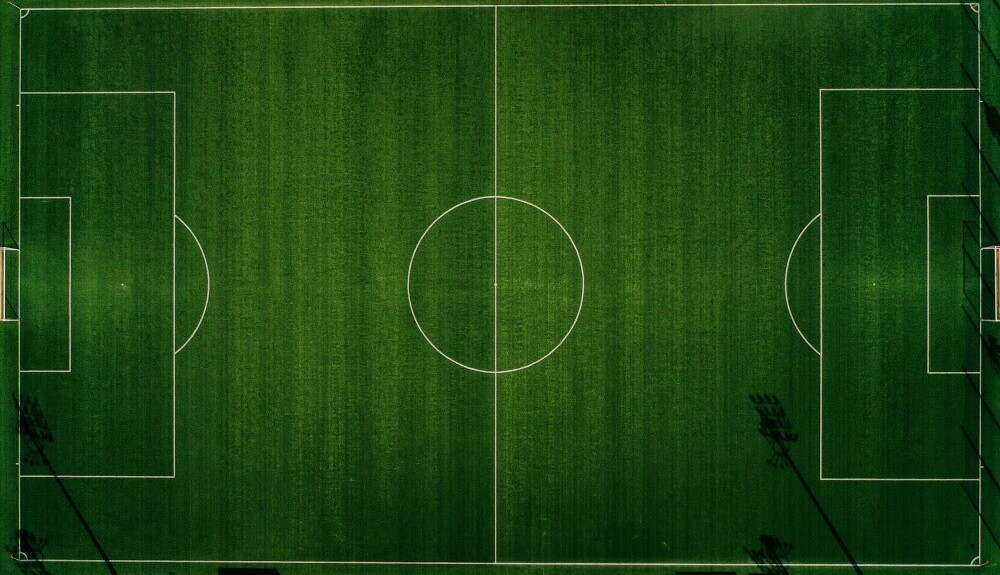 FIFA’s Laws of the Game prescribe very specific measurements: the length of a soccer pitch must be between 100 meters (110 yards) and 110 meters (120 yards), while the width should range from 64 meters (70 yards) to 75 meters (80 yards). These dimensions set the stage for matches played across the world, offering consistency from stadium to stadium.
FIFA’s Laws of the Game prescribe very specific measurements: the length of a soccer pitch must be between 100 meters (110 yards) and 110 meters (120 yards), while the width should range from 64 meters (70 yards) to 75 meters (80 yards). These dimensions set the stage for matches played across the world, offering consistency from stadium to stadium.
However, there’s flexibility within these boundaries to accommodate various levels of play. Youth soccer fields are understandably smaller—making the game more manageable for younger players. Likewise, non-professional adult leagues might play on pitches that vary from these ideal standards due to facility constraints.
Despite being a rectangular expanse, not all parts of the field are created equal. I’m going to highlight the two significant areas within the field – the ‘goal area’ and the ‘penalty area’. The goal area, a smaller box near the goal, measures 5.5 meters (6 yards) out from the goal posts and 5.5 meters deep. Further from the goal is the penalty area—extending 16.5 meters (18 yards) from the goal posts and 16.5 meters deep.
Maintaining these standard dimensions is crucial for several reasons. First, it ensures an even playing field—literally. Players and teams can adapt their strategies based on consistent pitch sizes, without the worry of unexpected variations. Secondly, for player safety, regulated pitch sizes help in minimizing the risks of overcrowding and collisions.
The next time you set foot on a soccer field, whether as a spectator or player, take a moment to appreciate the precision involved in its creation. The lines under your feet are more than demarcations—they’re a blueprint for the beautiful game.
Decoding the Markings: Lines, Circles, and Spots
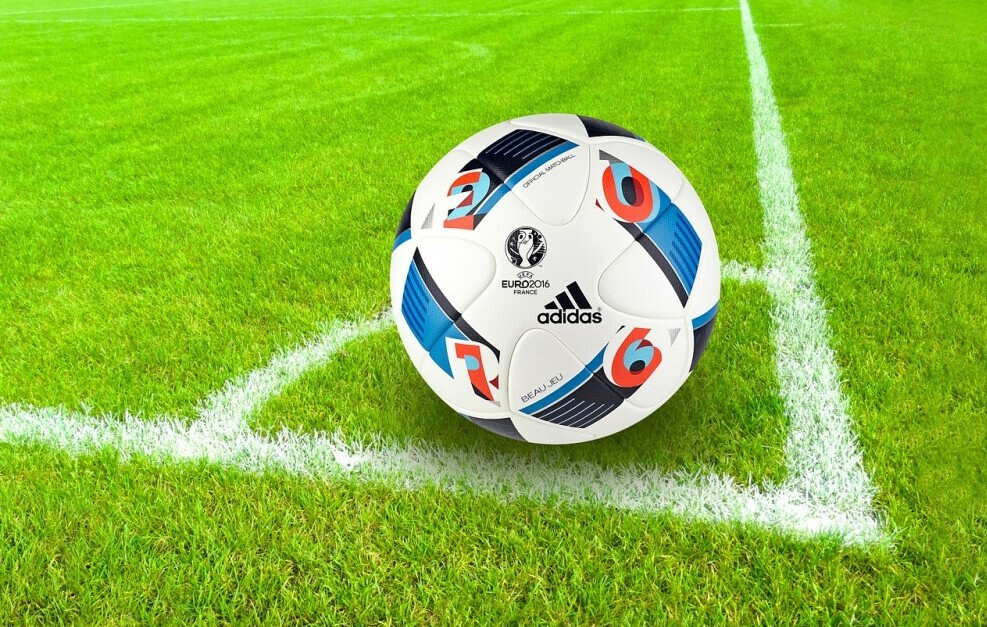
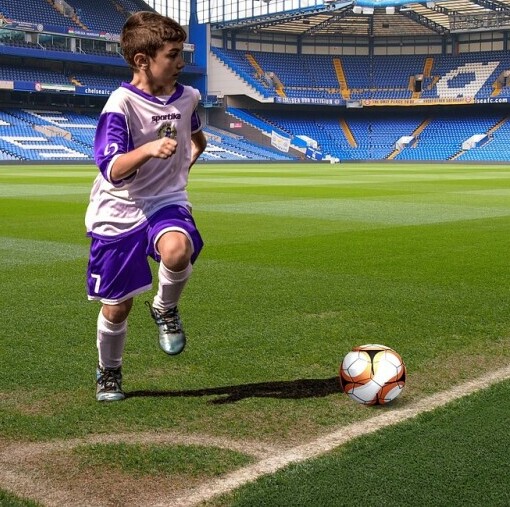 So, you’re curious about the complex scribbles and designs you see on a soccer field. Each painted line, circle, and spot has a specific function and significance during the match. Let’s break them down so you can watch and play the game with even more understanding.
So, you’re curious about the complex scribbles and designs you see on a soccer field. Each painted line, circle, and spot has a specific function and significance during the match. Let’s break them down so you can watch and play the game with even more understanding.
First, the boundaries: these are the touchlines and goal lines defining the play area. Stepping over these with the ball means the ball is out of bounds. Simple, right? But there’s more to it, starting with the center circle. This 9.15-meter radius area is crucial during kick-offs, as it ensures opposing players are at a fair distance until the ball is in play.
Speaking of fairness, the penalty area is like the ‘no-fun zone’ for defenders. It marks where goalkeepers can handle the ball and where a foul results in a penalty kick, taken from the penalty spot – a mere 12 yards from goal. Nerve-wracking for sure, but that’s soccer for you.
What about those little quarter circles at the corners? Those are corner arcs, and they mark the spot for corner kicks. The ball must be placed within this space to restart play when it has gone over the goal line without a goal being scored.
Each of these elements is vital for players, as they dictate the flow and rules of the game. But referees, with their eagle eyes, also rely heavily on these markings to make pivotal decisions. Accurate lines ensure that the game is played fairly and reduces unnecessary disputes on the field.
Beyond the Lines: Essential Soccer Field Features
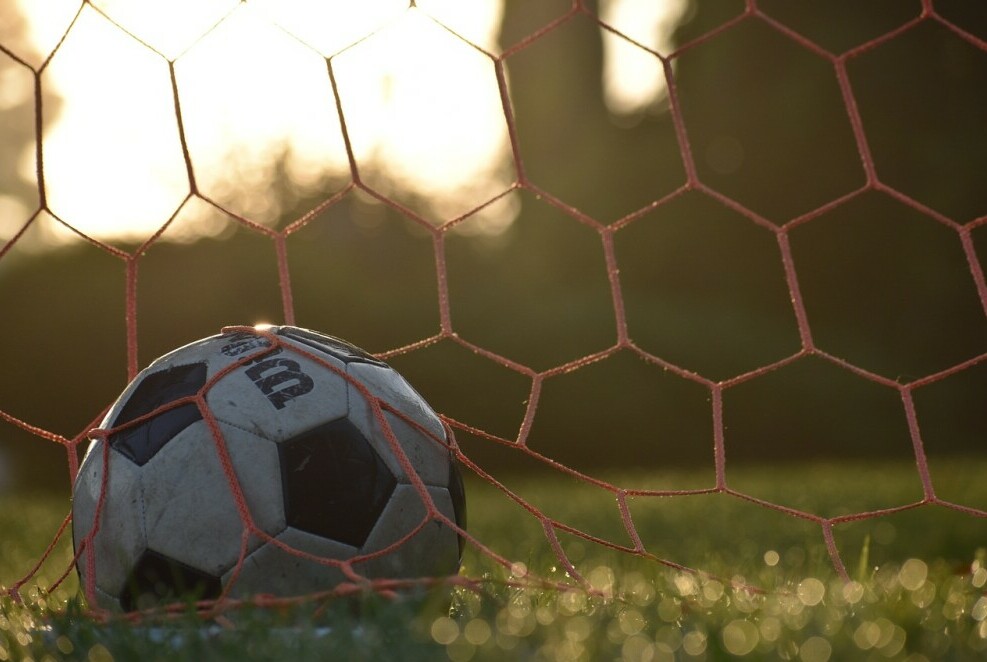 They are more than just nets to catch the ball; they adhere to precise measurements that are critical to the game. you might think a soccer field is just a green canvas for the beautiful game, but it’s a meticulously designed space that’s essential to the sport’s integrity. Let’s talk about the goals first. the posts and the height of the crossbar can determine whether a shot is a goal or a near miss.
They are more than just nets to catch the ball; they adhere to precise measurements that are critical to the game. you might think a soccer field is just a green canvas for the beautiful game, but it’s a meticulously designed space that’s essential to the sport’s integrity. Let’s talk about the goals first. the posts and the height of the crossbar can determine whether a shot is a goal or a near miss.

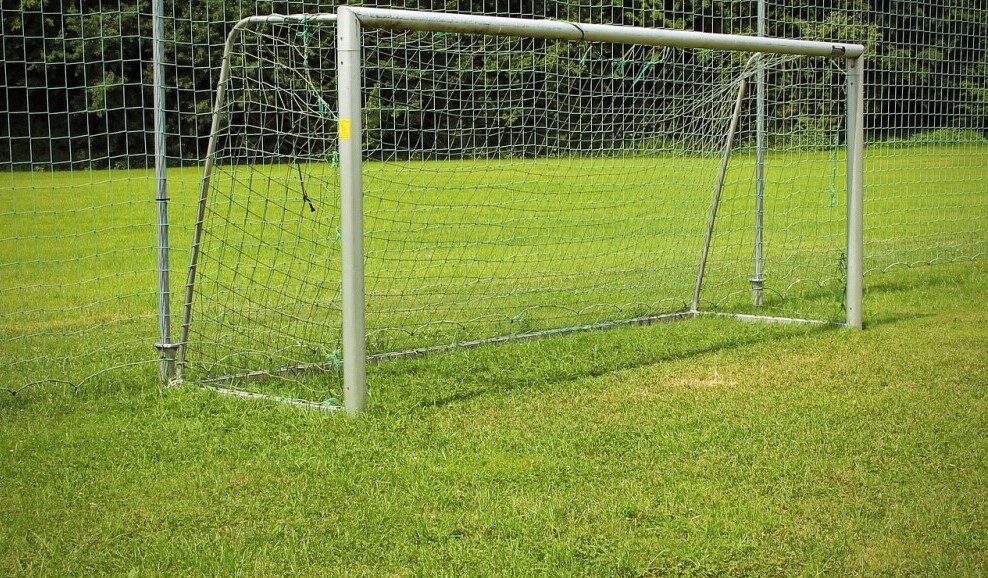 Marking colors and materials aren’t chosen randomly either. They need to stand out against the green turf, guiding players and officials during the thick of play. It’s common to see white lines for clarity, but you might spot different hues in various leagues.
Marking colors and materials aren’t chosen randomly either. They need to stand out against the green turf, guiding players and officials during the thick of play. It’s common to see white lines for clarity, but you might spot different hues in various leagues.
Player safety is top of mind, which means turf maintenance is key. A well-maintained pitch can prevent injuries and ensure fair play. Uneven turf, potholes, or the wrong type of grass could significantly affect gameplay and player performance.
And in this era of soccer, technology on the field is becoming increasingly important. Systems like VAR and goal-line technology integrate with field design, ensuring that the right calls are made, which ultimately upholds the sport’s integrity.
 So the next time you watch a match, remember that the field itself is a carefully crafted component of the sport, as nuanced and critical as the rules of the game or the skills of the players. It facilitates fair play, ensures safety, and even shapes the strategies we admire. Soccer truly is a game of inches, and every blade of grass on the pitch contributes to the spectacle we all love.
So the next time you watch a match, remember that the field itself is a carefully crafted component of the sport, as nuanced and critical as the rules of the game or the skills of the players. It facilitates fair play, ensures safety, and even shapes the strategies we admire. Soccer truly is a game of inches, and every blade of grass on the pitch contributes to the spectacle we all love.
